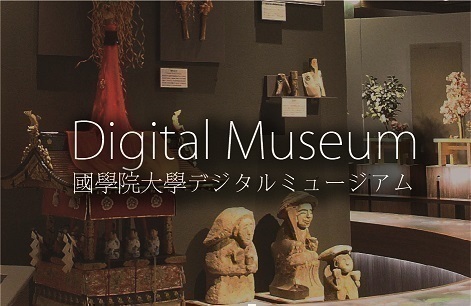- トップ
- Encyclopedia of Shinto
- Hie matsuri
Encyclopedia of Shinto
| Main Menu: | |
| Links: |
詳細表示 (Complete Article)
| カテゴリー1: | 5. Rites and Festivals |
|---|---|
| カテゴリー2: | Individual Shrine Observances |
| Title | Hie matsuri |
| Text | Festival held April 12-15 at Hiyoshi—the characters for hiyoshi may also be read as hie—Shrine in Sakamoto, Ōtsu Cty, Shiga Prefecture. On March 1, the palanquins (mikoshi, see shin'yo) of two auxiliary shrines (sessha), Ushiogu and Sannomiyagu, are carried up to the shrines' halls on top of Mt. Ushio and installed in a "mikoshi-raising ceremony" (mikoshi-age shiki). The "great sakaki rite" (dai-sakaki shinji) takes place on April 3, in which a large sakaki branch from the main Hiyoshi shrine is presented to the nearby Shinomiya Tenson Shrine. On April 12 the two above-mentioned palanquins are brought down from the mountain and installed in the hall of worship (haiden) of Hiyoshi's Eastern Main shrine in a ceremony called the "uma rite," so-called since it occurred on an uma (horse) day in the Chinese zodiacal calendar. On the morning of April 13, the palanquins of the Eastern Main, Juge, Ushio Shrine, and Sannomiya shrines are transported to the lodgings for pilgrims (sukuin) at another auxiliary shrine, Ubuya Jinja. A tea-offering ceremony, a ceremony for placing flowers, and another for preparing offerings take place. That evening, the four palanquins enshrined in the lodging are shaken around for an extended period by hundreds of naked bearers. When it's time for the palanquins set out, following shishi-mai (lion dance) and dengaku performances a number of people dressed as armored warriors will pick them up and toss them down to the garden. This is called yomiya-otoshi ("dropping on the festival's eve). The bearers quickly pick up the palanquins and rush them over to the Western Main shrine, an act called the mikoshi-ire (installing the palanquins). On the afternoon of the 14th, everyone from Hiyoshi's chief priest (gūji) on down makes a katsura offering at the Western Main shrine. The great sakaki branch is returned from the Shinomiya Tenson Shrine in Ōtsu. Scores of people dressed as warriors gather at the Western Main shrine and receive katsura branches. Several hundred people then lift seven palanquins and carry them off. The palanquins are loaded onto boats at Yatsuyanagi Beach on Lake Biwa and transported to Karasaki. There, boats sent as offerings from Awazu approach the boats from the main shrinewith offerings of large ritual wands (heisoku, see gohei). Food offerings (shinsen) are presented and music performed. This series of rites is called Awazu no goku (the offerings of Awazu). When the ceremonies are completed, the food is thrown into the lake. The large ritual wands are returned to the main shrine overland by horses dedicated to the kami (shinme). The boats carrying the seven palanquins go to the shore at Hietsuji Wakamiya Shrine and then return to the main shrine. A ceremony called tori no shinji (the rite of the cock) takes place on the 15th in which visitors pay reverence at the Eastern Main shrine wearing crowns into which small branches of katsura are inserted. Azuma-asobi (eastern) songs are performed. When completed, azuma-asobi songs are again performed at the Western Main shrine. This is called, separately, kaeri-mōshi. — Mogi Sakae |




